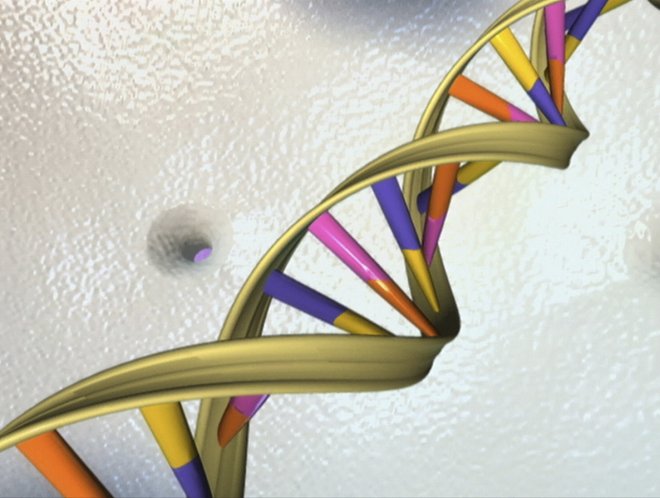
Researchers have identified a rare mutation that causes unusually low sensitivity to pain, a finding that could be used to identify new treatment for people suffering from chronic pain.
The mutation was identified in the ZFHX2 gene, found in an Italian family -- the Marsilis, which includes six people.
The Marsilis' members were found with a rare inherited condition known as congenital analgesia -- that reduces the capacity to feel physical pain, makes them hyposensitive to noxious heat, to capsaicin (in chilli peppers) and have helped them experience pain-free bone fractures.
"The members of this family can burn themselves or experience pain-free bone fractures without feeling any pain. But they have a normal intraepidermal nerve fibre density, which means their nerves are all there, they're just not working how they should be," said lead author James Cox from the University College of London.
"By identifying this mutation and clarifying that it contributes to the family's pain insensitivity, we have opened up a whole new route to drug discovery for pain relief," added co-author Anna Maria Aloisi, professor at the University of Siena in Italy.
In the study, published in the journal Brain, the team deleted the ZFHX2 gene entirely in mice. The results showed that the mice were not as good at sensing when painful pressure was applied to their tails, but they were hypersensitive to heat sensations, suggesting that the gene may play a role in controlling whether stimuli are painful or not.
In another experiment, the researchers gave mice the same mutated version of the gene that the Italian family had.
Here, the mice were found to be insensitive to high temperatures. It may be because the gene normally controls the activity of 16 other genes, some of which are involved in sensing pain, the study showed.









